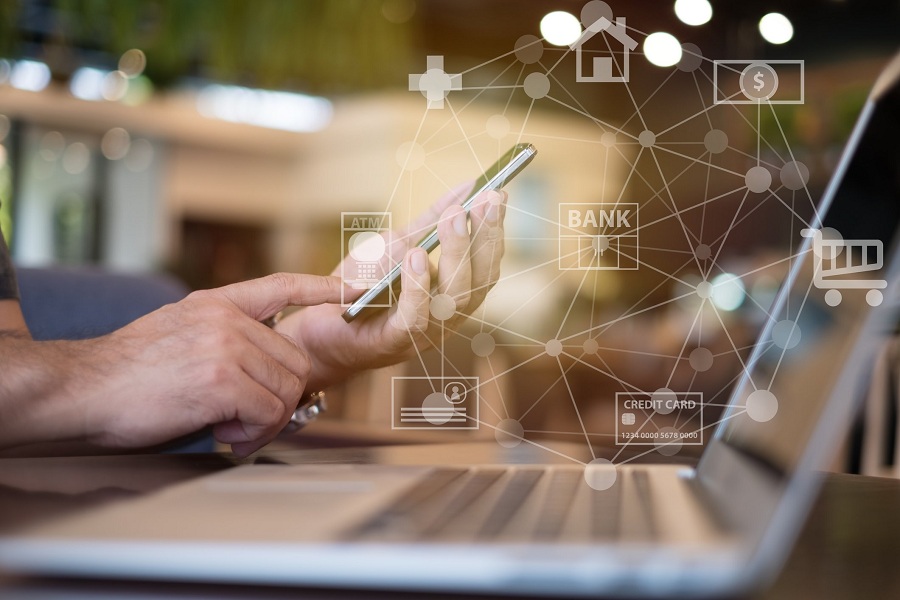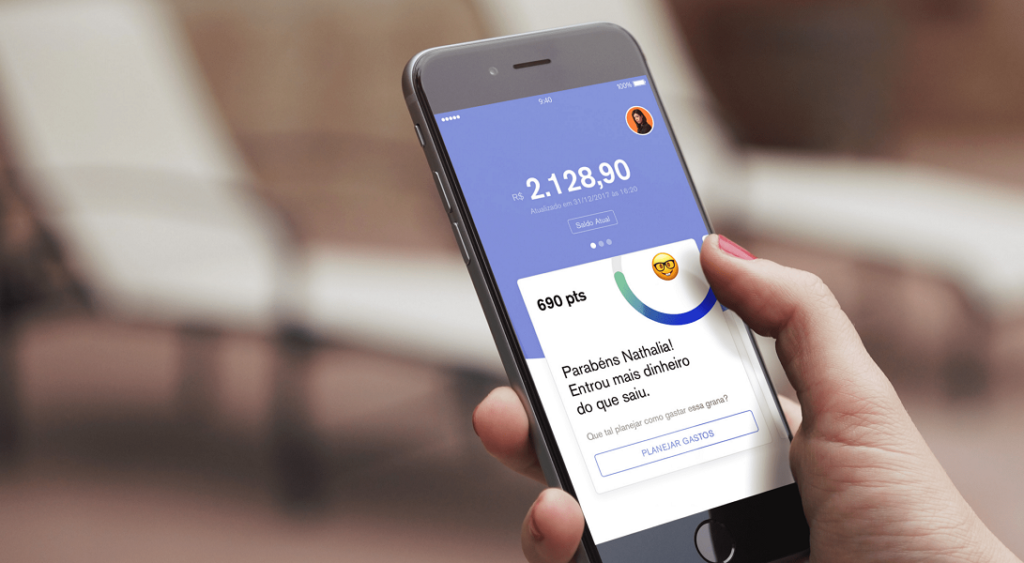Recently, the development of fintech apps and the specifics of this process are increasingly discussed by financial organizations, and this is not surprising at all. At the end of 2019, over 36% of all mobile users already have made recurring payments through apps, and this trend has only intensified over time. To stay competitive in these new realities, many financial companies have started thinking about moving to a mobile platform, and if you want to join them, there are some nuances that you need to know.
We will talk about them in our new article.
Benefits of FinTech apps for:
- Banks. By developing a high-quality app, a banking organization can reduce the costs of running a business, since part of the staff’s responsibilities will be taken over by a digital product. Besides that, the availability of such a mobile service contributes to faster processing of financial transactions and the automation of many business processes, which has a positive effect on customer loyalty.
- Users. Considering the widespread use of mobile devices in recent years, bank customers expect to manage their finances through a convenient app. With such a service, they get not only this but also the ability to control their expenses and regular payments around the clock – minimizing the need to contact banks to clarify any information. The users also get an advantage thanks to the automation of various transactions, be it monthly payments for utilities, loans, etc.
Types of fintech apps:
- Personal finance apps help users keep track of their expenses in detail with an intuitive interface and tips aimed at saving money. With them, people can better analyze their financial habits and, if desired, transfer part of the money to piggy banks or deposits in automatic mode.
- Investment apps allow you to monitor fluctuations in stock markets, as well as the value of currencies and cryptocurrencies. Thanks to AI-based recommendations implemented in such services, you can invest your money more effectively by not getting stuck on one type of investment.
- Lending apps rely on chatbots to drastically speed up and simplify the process of obtaining loans. Here, the customers’ creditworthiness is assessed automatically – thanks to artificial intelligence – so users can apply for microloans or installments on their own without interacting with the staff of a bank or other financial institution.
- Apps that allow making money transfers and payments provide users with advanced options for managing their finances. Such mobile digital products can support transactions in both regular currencies and cryptocurrencies. Through the machine learning applied here, customers can assess the riskiness of each payment. Moreover, these services have the ability to automate any money transfer or distribute it across several accounts.
The main stages of the development of fintech apps

Choosing a niche
Before we start developing your fintech app, you need to decide on your preferred niche. We will discuss the future project and find out what exactly it will be used for. Depending on what product you need – a service for personal finance management, trading, or something else – our team will decide which functions will be the most priority for it.
Market analytics
After collecting information on the market segment you are interested in, including data on the target audience and competitive apps, our specialists will draw up a statement of work. Based on this document, we will develop your product.
Prototyping
When developing an app prototype, we focus not only on its functions and tools but also on high-quality UX/UI. Since we are talking about a product that is quite difficult to deal with, we do our best so that even financially inexperienced users can understand its interface.
Rendering design elements
At this stage, our designers render the interface elements of the app according to the approved visual style. Along with this, we also implement service navigation, which would simplify the user experience of your customers to the maximum.
Programming
Within the implementation of the software part of the app, we consider your needs when choosing a technology stack. Our developers can create both a native app for a specific mobile platform (iOS or Android) and a cross-platform service that supports both operating systems.
Examples of popular personal finance apps:

- Money Lover. This app allows you to form a complete picture of your financial state. Here you can control not only all your online payments, but also cash, and all your transaction information will be securely stored in the Dropbox cloud storage.
- Splittable. This service is ideal for users who want to share their expenses with friends, roommates, relatives, etc. Here you get reports on transactions within the overall budget in the form of simple and clear notifications.
- Money Manager. The main feature of this service is that it allows you to digitize data from your receipts. To recognize the payment information, simply take a photo of the receipt and the app will automatically add it to the appropriate expense category.
- Expensify. This app has extensive functionality for personal and business expenses, and also supports integration with accounting services. With it, you can book flights, hotels and control many other travel-related payments.
How to make a fintech app live and understandable
- Personalize your app based on user behavior in the context of finance.
- Engage customers by introducing gamification elements such as financial achievement status badges into your product (as Monobank does) to make people want to use the app more often.
- Constantly collect feedback from your target audience to see which features or interface elements engage users the least. This will allow you to effectively optimize your app over time.
Conclusions
Despite widespread digitalization, the fintech apps industry is still open to new promising projects. And although the development of such software has many features and risks, our team of professionals will help you overcome these difficulties and bring a worthy product to the market.
By the way with all the mobile apps advantages for business you can read our updated article!




